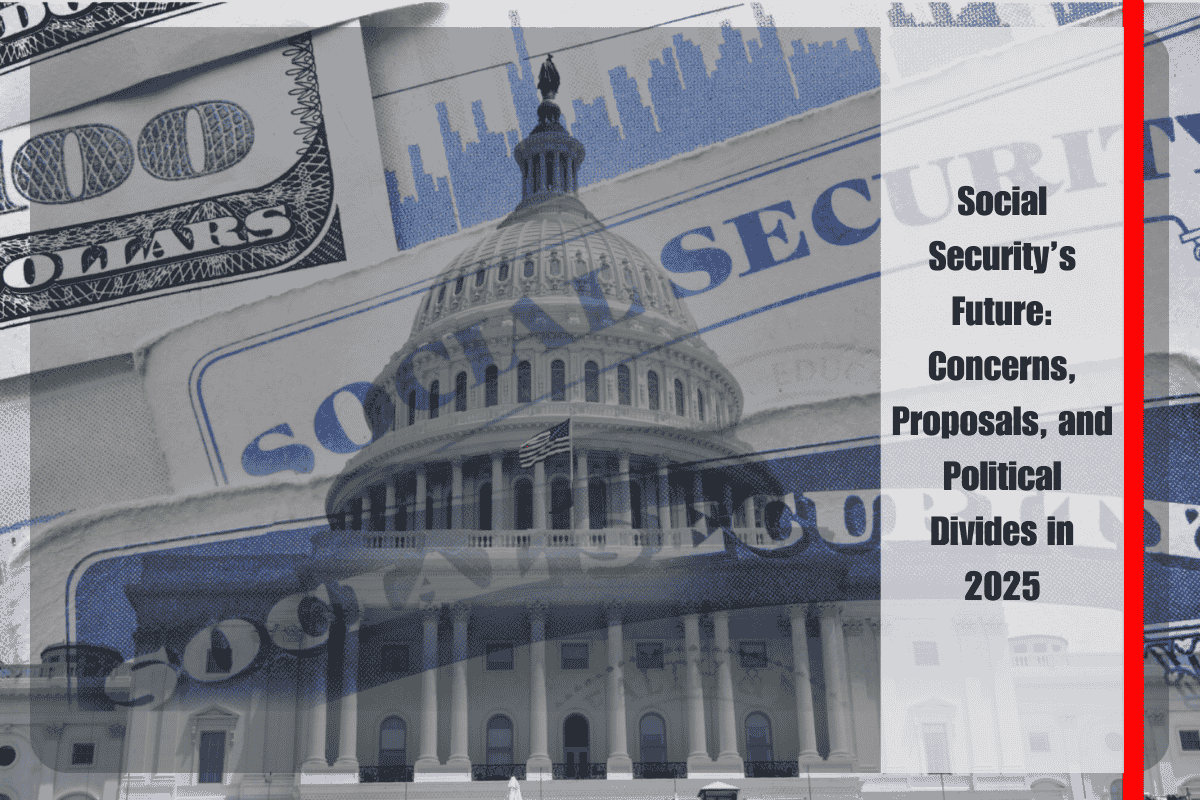If you’re preparing for retirement, a key change is on the horizon that could significantly impact your financial future. In 2025, the full retirement age (FRA) for Americans born in 1959 will increase to 66 years and 10 months, part of a gradual policy shift that has been unfolding for decades. While many still think of 65 as the benchmark for retirement, the rules have evolved. By 2027, everyone born in 1960 or later will see their FRA rise to 67, the final stage of reforms intended to stabilize the Social Security system as life expectancy increases.
The FRA determines when you’re eligible to receive 100% of your Social Security benefits. Claiming benefits early, at age 62, locks in a permanent reduction—up to 30% less than your full benefit. On the other hand, delaying benefits until age 70 results in delayed retirement credits that can boost payments by as much as 32%. The difference in timing could amount to thousands of dollars annually for the remainder of your life, making it a high-stakes decision for millions of future retirees.
This policy shift dates back to legislation passed in 1983, when Congress responded to looming insolvency in the Social Security program. By gradually increasing the FRA, lawmakers hoped to reduce strain on the system without slashing benefits outright. Each birth cohort since has seen a slight increase in the retirement age. For example, those born in 1958 reach FRA at 66 years and 8 months, while 1959 births will need to wait two months longer. After 1960, FRA remains fixed at 67.
Early claiming comes with predictable penalties. A retiree who starts drawing benefits at age 62 in 2025 will receive only about 70% of their full monthly amount. Conversely, those who wait until age 70 maximize their monthly income, which can also be critical for spousal or survivor benefits.
Beyond the retirement age adjustment, other changes in 2025 will affect planning. The annual cost-of-living adjustment (COLA) is projected at 2.5%, lower than the previous year. The cap on earnings subject to Social Security tax will rise from $168,600 to $176,100. Meanwhile, access to Social Security offices is shifting to an appointment-only system, and earnings limits for working beneficiaries will also increase. Individuals under FRA can earn up to $23,400 annually before seeing reduced benefits, while those above FRA can earn up to $62,160 without penalty.
Financial experts advise taking a holistic approach when deciding when to claim benefits. Health, marital status, life expectancy, and personal savings all play vital roles. Financial planner Stephanie McCullough stresses the importance of keeping fixed expenses low, as that flexibility can help retirees better absorb unexpected costs or enjoy more discretionary spending.
For married couples, delaying benefits can offer a long-term advantage by increasing survivor benefits. Still, for those facing health concerns or immediate financial pressure, early claiming might be more practical. Unfortunately, many Americans are ill-prepared. Studies show that about one-third of younger baby boomers will depend on Social Security for at least 90% of their retirement income. Gen Xers are also facing shortfalls in savings, making every Social Security decision carry even more weight.
Despite the financial benefit of waiting, only about 4% of retirees delay until age 70 to maximize their checks, according to the Transamerica Center for Retirement Studies. With Social Security rules growing more complex, planning ahead has never been more essential.












